
On a balmy summer evening in July 1995, the peaceful community of Arroyo Grande, California, became the backdrop for one of the most heinous crimes of the decade. Fifteen-year-old Elyse Pahler crawled out of her bedroom window, anticipating a night of defiance with friends. What she encountered was a trap laid by three boys younger than herself whose fascination with death metal and black fantasy would result in her murder and a town left traumatized.
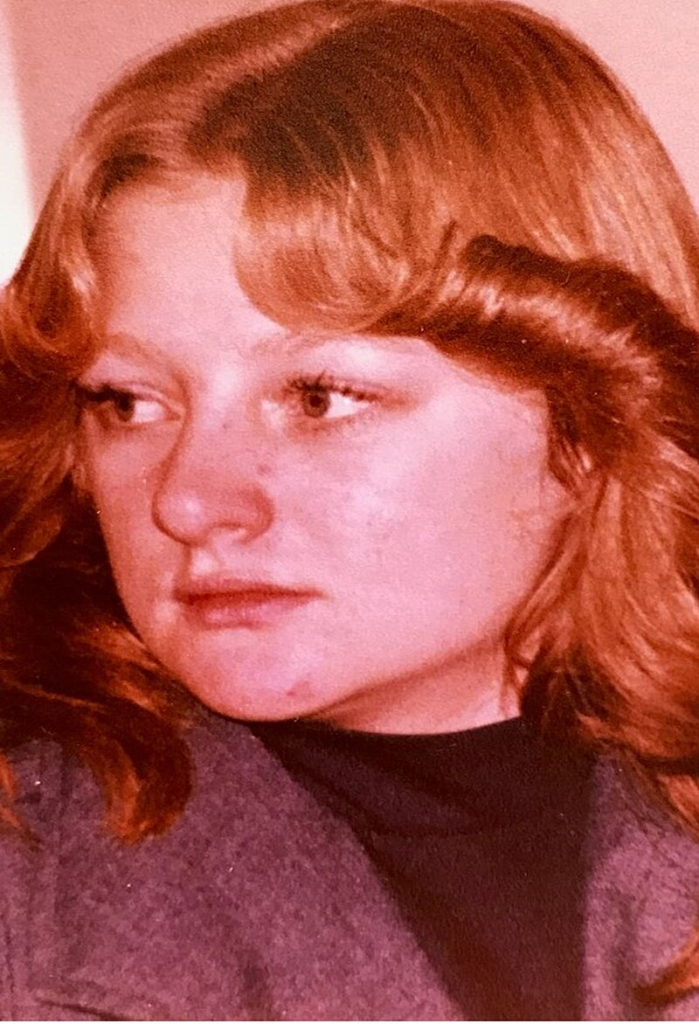
1. The Night Arroyo Grande Was Shattered
Jacob Delashmutt, 15, asked Elyse to join him in smoking marijuana in the woods. He was accompanied by 16-year-old Royce Casey and 14-year-old Joseph Fiorella, all of whom belonged to an emerging band named Hatred. They idolized Slayer, a band that had a song about offering a blond, blue-eyed virgin to the devil–a description Elyse ruefully fit. From Delashmutt’s subsequent parole testimony, the three attacked when she was momentarily diverted by a car driving down the road. He choked her with a belt, Fiorella stabbed her, and Casey pinned her down. They alternated stabbing a 12-inch knife into her neck, back, and shoulders. Casey eventually confessed Elyse screamed for her mother and for Jesus before he stamped on her neck. Her corpse remained concealed for eight months before Casey came clean to his pastor.
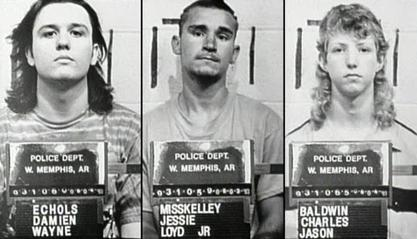
2. A Crime Born in the Shadow of ‘Satanic Panic’
The killing took place in the declining years of the satanic panic, the era when media-whipped fears of occult control descended on America. During the 1980s and early ’90s, talk shows and tabloid television hyped accusations of ritual abuse, sometimes without basis. Prosecutors in the case of Elyse leaped on that narrative, portraying the murder as a “satanic ritual” motivated by music. Her family even sued Slayer in 2001 on the grounds that the lyrics caused her murder, but the case was thrown out on First Amendment grounds.

3. Diverging Paths Through the Justice System
Casey and Delashmutt in 1997 both pleaded no contest to first-degree murder and were given 25 years to life. Fiorella, who was charged with being armed with a deadly weapon, received 26 years to life. Each of the three has become eligible for parole over the years, but with vastly different results. Casey was rejected twice before he was finally let out last August. Delashmutt, who had been described as the ringleader, was approved for parole in July after taking full blame: “I know that I am the most responsible for this crime. I had every opportunity to put a stop to it, and I didn’t.”
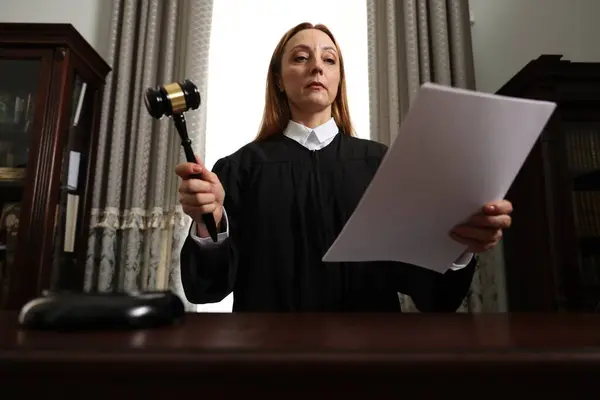
4. The Youngest Killer Still Incarcerated
Fiorella is still in prison. Advocates cite proof of intellectual disability-a 68 IQ, developmental delays, and susceptibility to older classmates. Court documents claim his initial attorney waived a juvenile fitness hearing in spite of a neuropsychologist’s report testifying to his disability. His legal cases have been denied as tardy, but an appeal is under submission in the 9th Circuit. Opponents, such as the San Luis Obispo County DA’s office, contend he has failed to show rehabilitation, with one official saying, “Mr. Fiorella, in my opinion, is a dangerous man.”
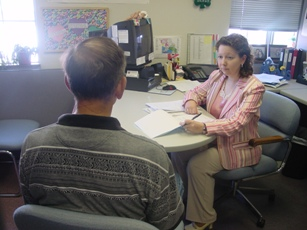
5. The Pahler Family’s Unyielding Advocacy
Elyse’s father, David, has gone to parole hearings with her picture in hand for almost three decades. At a hearing in 2023, he read from Casey’s adolescent diary, where she said Satan took “my soul and replaced it with a new one to do his work on earth.” He explained to the board, “If you sell your soul to Satan, how do you regain it? How do you regain it? I don’t know the answer to that.” His presence highlights the emotional burden on families of victims who must work through a justice system increasingly concentrated on rehabilitation.

6. Changing Laws and the Neuroscience of Adolescence
California’s juvenile justice policies have developed in tandem with neuroscience findings indicating that adolescent brains are still forming, especially in regions responsible for controlling impulses and making sound judgments. These results have had an impact on parole decisions, as in other notable cases such as the Menendez brothers’ efforts to be resentenced and early release of offenders under legislation prohibiting life without parole for juveniles. But, as the Pahler case indicates, the science eliminates neither the raw anguish of families nor the violence of some crimes.

7. The Broader Debate Over Parole and Public Safety
The case also reflects conflicts in other high-profile crimes, like the Manson family murders, wherein family members of victims have battled parole for years. Even some progressive prosecutors have ceased opposing parole for inmates who have completed their minimum sentences on the grounds that the parole board is most qualified to determine fitness for release. This has left some families feeling abandoned, as they bear the responsibility of pleading against release without prosecutorial backing.
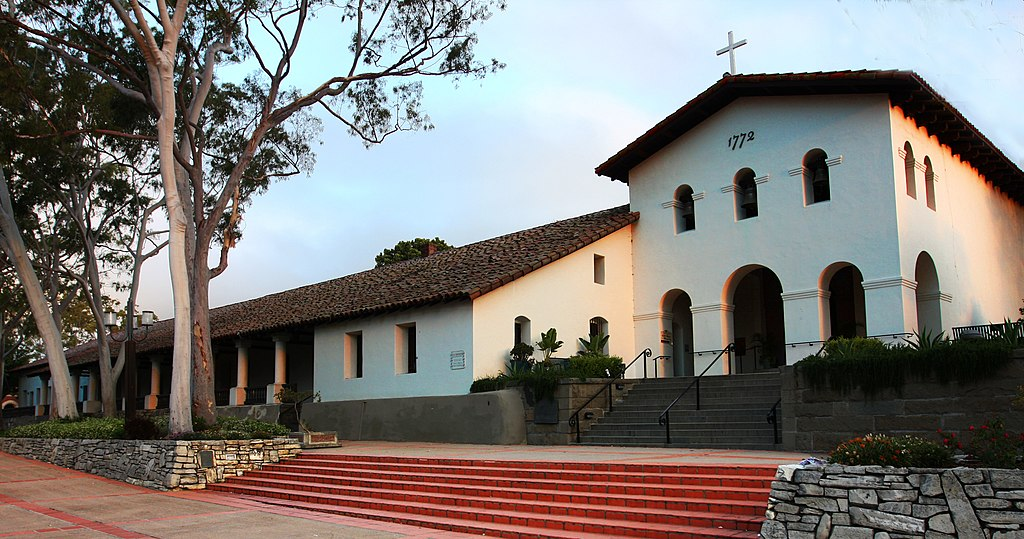
8. A Community Still Divided
In San Luis Obispo County, opinions on the release of Casey and Delashmutt are divided. Some think decades in prison and professed regret mean the possibility of redemption. Others regard their release as a bitter injustice to a girl who lived a life ended in unimaginable brutality. For Fiorella, there’s the question of whether his ongoing imprisonment is justice done or a failure of a system to take into account the vulnerabilities of youth.

The reverberations of the murder of Elyse Pahler extend well beyond the act itself, into America’s cultural anxieties, changing science, and the precious balance between punishment and the hope of redemption.


